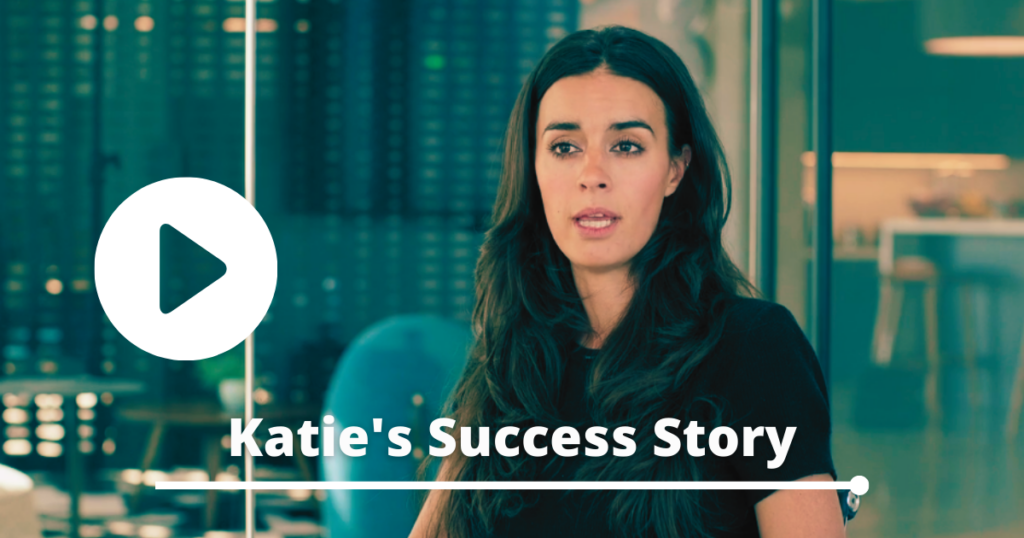
How the Career Hub Can Help You Achieve Your Career Goals
If you are looking for a new job in sales development or want to advance…

The Career Hub and Your Career Objectives
If you are looking to advance your sales operations career, you’ll be interested in the…

The Career Hub and Your Career Goals
Ready to achieve your business analytics career goals? If so, you need a partner who…

Earn Skill-Based Credentials in Sales Development
One of the best ways to excel in sales development is through skill-based credentials. Sales…

Increase Your Earning Potential with Business Analytics
Do you want to increase your earning potential and career opportunities? If so, you should consider a career in business…

Earning Potential in Sales Operations
Do you want to increase your earning potential and opportunities? Do you want to support sales and drive revenue growth?…

Sales Development Equals Earning Potential
Do you want to increase your earning potential and opportunities? Do you want to generate leads and drive growth? If…

Grow Your Career with Skill-Based Credentials
Employers look for business analytics candidates who have practical experience in real-world problems. Skill-based credentials are popular with employers.

5 Steps to Thrive in Business Analytics
If you want to succeed in business analytics, you need the right skills, mindset, and attitude. Here are 5 steps…

Landing a Remote Job in Sales Operations
Are you looking for a remote job in sales operations that gives you the flexibility, autonomy and satisfaction you deserve?…
Browse by Topic
Digital Marketing

VIDEO: Katie’s Digital Marketing Success Story
Meet Katie. Katie, after completing the course, shared her digital marketing success story. What she…

This Email Was Written by ChatGPT
ChatGPT continues to make news with its release of GPT-4. This version aced the bar…

5 Facts About Audience Insights and Digital Marketing
The study of audience patterns and desires should inform digital marketing efforts. It pays to…
Business Analytics

The Career Hub and Your Career Goals
Ready to achieve your business analytics career goals? If so, you need a partner who…

Increase Your Earning Potential with Business Analytics
Do you want to increase your earning potential and career opportunities? If so, you should…

Grow Your Career with Skill-Based Credentials
Employers look for business analytics candidates who have practical experience in real-world problems. Skill-based credentials…
Sales Operations

The Career Hub and Your Career Objectives
If you are looking to advance your sales operations career, you’ll be interested in the…

Sales Operations and Skill-Based Credentials
If you are pursuing a career in sales operations, you might wonder how you can…

Earning Potential in Sales Operations
Do you want to increase your earning potential and opportunities? Do you want to support…
Sales Development

How the Career Hub Can Help You Achieve Your Career Goals
If you are looking for a new job in sales development or want to advance…

Earn Skill-Based Credentials in Sales Development
One of the best ways to excel in sales development is through skill-based credentials. Sales…

Sales Development Equals Earning Potential
Do you want to increase your earning potential and opportunities? Do you want to generate…




